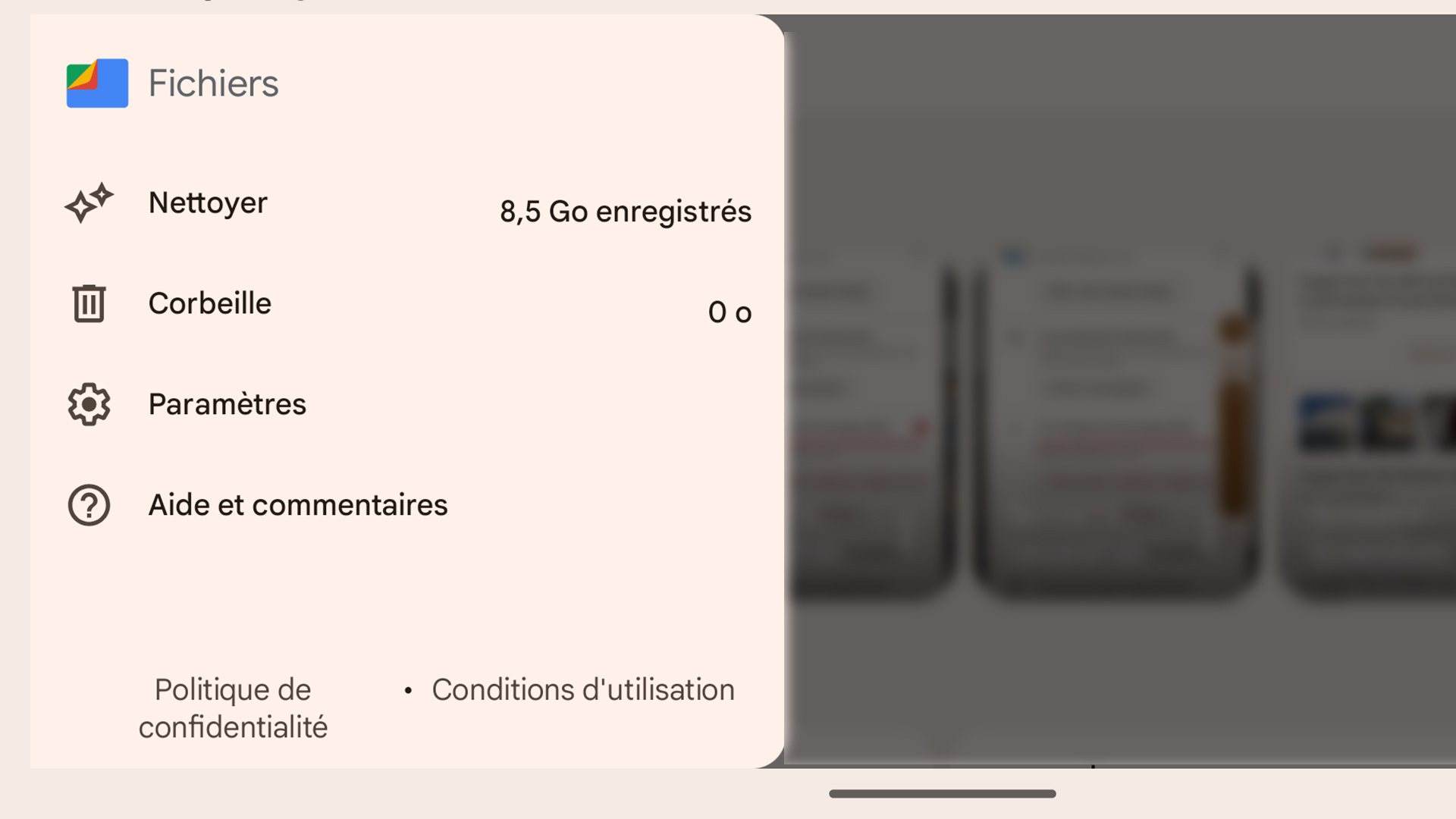In recent weeks, we heard a lot about “Mobile First”. In fact, it’s since Google announced that its search engine would work according to the principle of Mobile First that the universe is trying to understand… Finally, Google has decided to clarify what this term means.
A clarification in 7 tweets
We’ve seen great presentations & posts on mobile-first indexing, it’s awesome to see all the details (thanks, @aleyda @jenstar @alexisksanders @dawnieando @badams + others)! There are only a few things we’ve sometimes seen confusion about, so we thought we’d clarify them.
— Google Webmasters (@googlewmc) 14 juin 2018
URLs in search: With Mobile-first indexing, we index the mobile version. When we recognize separate mobile URLs, we’ll show the mobile URL to mobile users, and the desktop URL to desktop users – the indexed content will be the mobile version in both cases.
— Google Webmasters (@googlewmc) 14 juin 2018
Cached page: Unfortunately, it looks like we’re currently still not showing a cached page for many mobile-first indexed sites. This is a bug, not by design, and should get resolved over time. It’s just the UI, it doesn’t affect crawling, indexing, or ranking.
— Google Webmasters (@googlewmc) 14 juin 2018
Speed and mobile-first indexing: The mobile speed update in July is independent of mobile-first indexing. Fast sites are awesome for users, especially on mobile, since devices & connections there tend to be slower than with desktops.
— Google Webmasters (@googlewmc) 14 juin 2018
Mobile website UIs: Using “hamburger-menus” and “accordions” on mobile websites is fine.
— Google Webmasters (@googlewmc) 14 juin 2018
On requirements: Neither mobile-friendliness nor a mobile-responsive layout are requirements for mobile-first indexing. Pages without mobile versions still work on mobile, and are usable for indexing. That said, it’s about time to move from desktop-only and embrace mobile 🙂
— Google Webmasters (@googlewmc) 14 juin 2018
On ranking: The mobile-first index doesn’t change anything for ranking other than that the mobile content is used. While mobile-friendliness is a ranking factor on mobile, being in the mobile-first index is not.
— Google Webmasters (@googlewmc) 14 juin 2018
What does it mean?
Basically, it doesn’t mean much for the majority of people. But the important point to remember is to make sure your website has a mobile version and that the content is the same as on the desktop version. If you want to avoid all risks, bet on a responsive site.

Specialist in digital communication and international cinema, videographer, photographer and creator of content of all kinds.



 Follow
Follow

